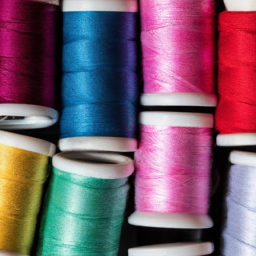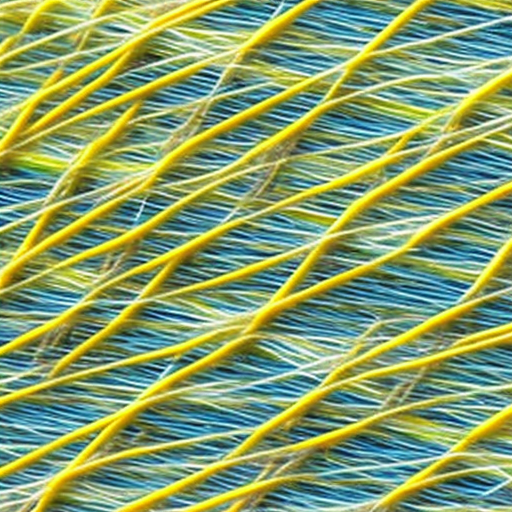
thread-construction.jpg” alt=” Image”>
Sewing thread is an essential component in any sewing project. It plays a vital role in holding fabrics together and creating durable and long-lasting seams. Understanding the construction of sewing thread is important for selecting the appropriate thread for specific projects.
Types of Sewing Thread
There are various types of sewing threads available, each designed for different purposes:
- Cotton Thread: Known for its strength, cotton thread is commonly used for general-purpose sewing.
- Polyester Thread: Polyester thread is well-suited for fabrics that undergo a lot of wear and tear, such as upholstery and outdoor gear.
- Nylon Thread: Nylon thread is known for its high strength and elasticity, making it ideal for sewing heavy fabrics like leather and canvas.
- Embroidery Thread: Specifically designed for decorative stitching, embroidery thread comes in various colors and adds intricate details to garments or other fabric items.
Thread Construction Factors
When choosing the right sewing thread, several construction factors must be considered:
- Fiber Type: The choice of fiber significantly impacts the thread’s strength, elasticity, and compatibility with different fabric types.
- Thread Twist: The twist refers to the number of times the fibers are twisted together. The level of twist affects the thread’s strength, sewing performance, and seam appearance.
- Thread Weight: Thread weight is measured by its thickness. Heavier threads are suitable for stronger seams, while lighter threads are more suitable for delicate fabrics.
- Thread Finish: Some threads are coated with a finish, such as silicone, to reduce friction and improve sewability.
Importance of Using Quality Thread
Using quality thread is crucial for achieving durable and long-lasting seams. Low-quality threads may break easily, cause skipped stitches, or cause tension issues in sewing machines. Investing in high-quality thread ensures reliable stitching, even under stress or tension.
Conclusion
Understanding sewing thread construction and its various factors allows for intelligent thread selection based on the project’s requirements. Opting for the right type of thread, considering fiber type, twist, weight, and finish, will ensure strong, reliable, and visually appealing stitches.





“Such an interesting idea! I’m looking forward to seeing how it turns out!” Great, now we can literally create anything! Super excited to see what kind of crafts and designs you can create with this!
“Looks unique and fun. What kind of project are you starting with?”
Fantastic idea! So excited to see all the amazing creations that come out of this. The possibilities are truly endless! Can’t wait to see what kind of projects you have planned using this thread construction technique!
“Fabulous concept! The end result of this should be really cool.” Absolutely! I’m sure this will be an amazing project that everyone will be impressed by. Looking forward to seeing the results of this creative endeavor!
“Thread art can be so beautiful. Can’t wait to see what you make!”
I’m so interested to see what this thread construction technique can do! I’m sure it’ll yield some amazing and beautiful designs. Looking forward to the final result!